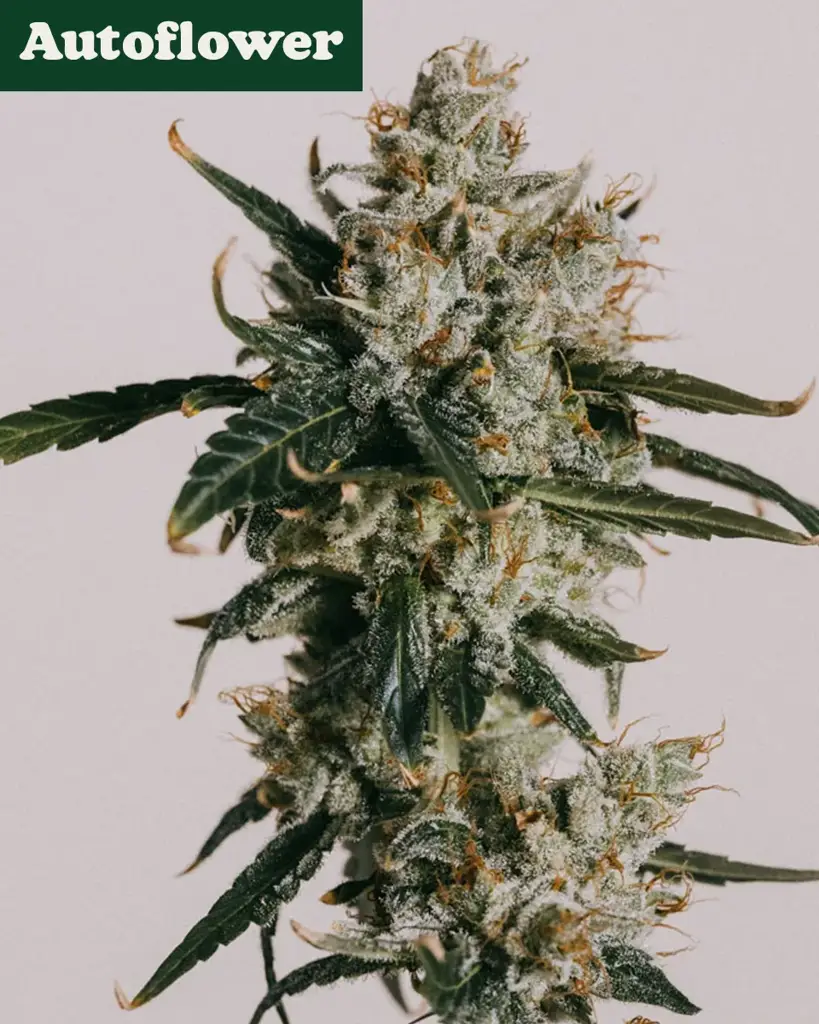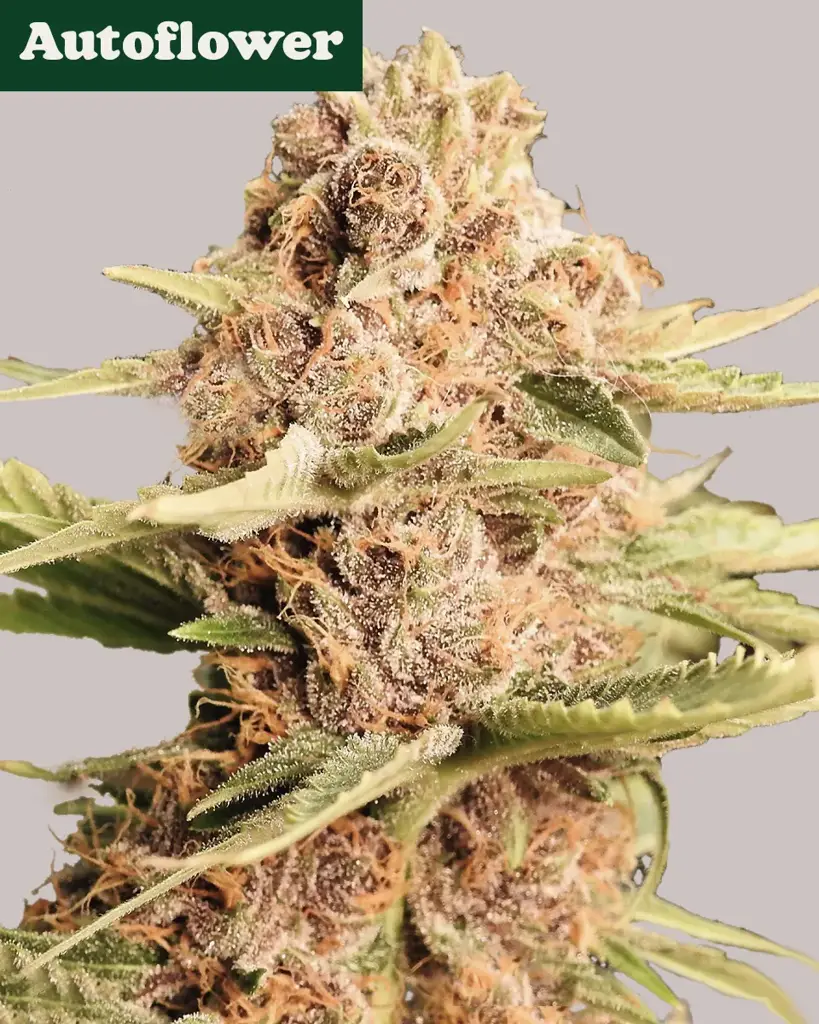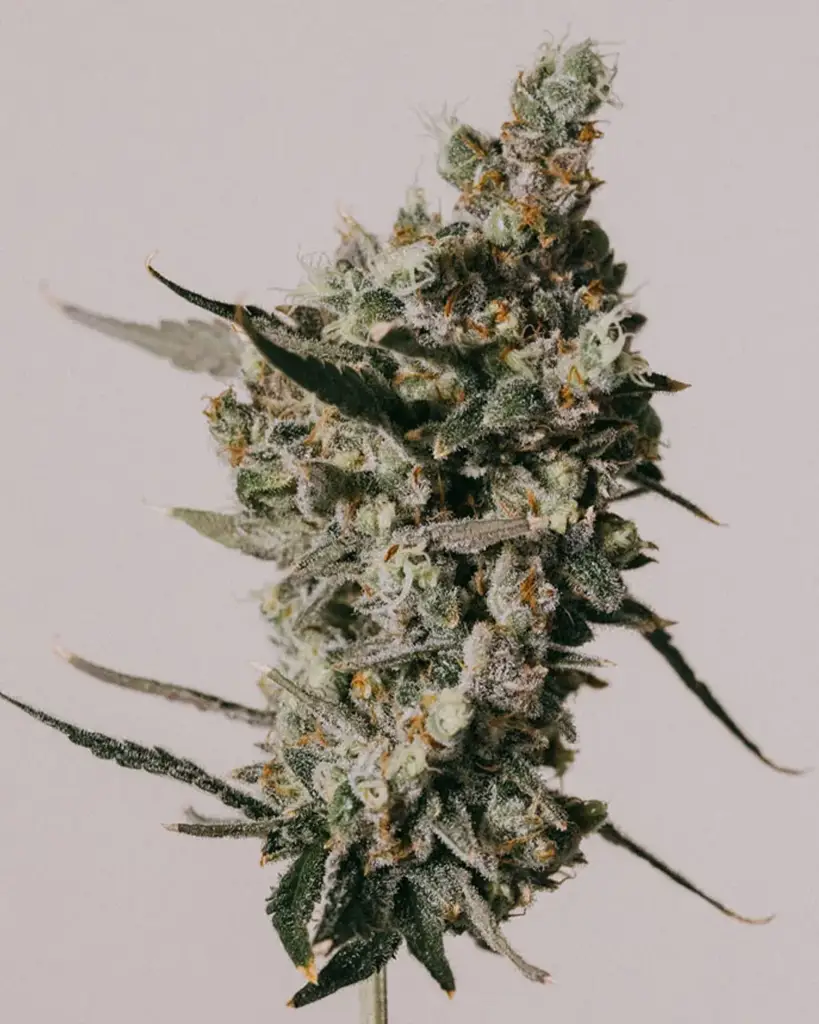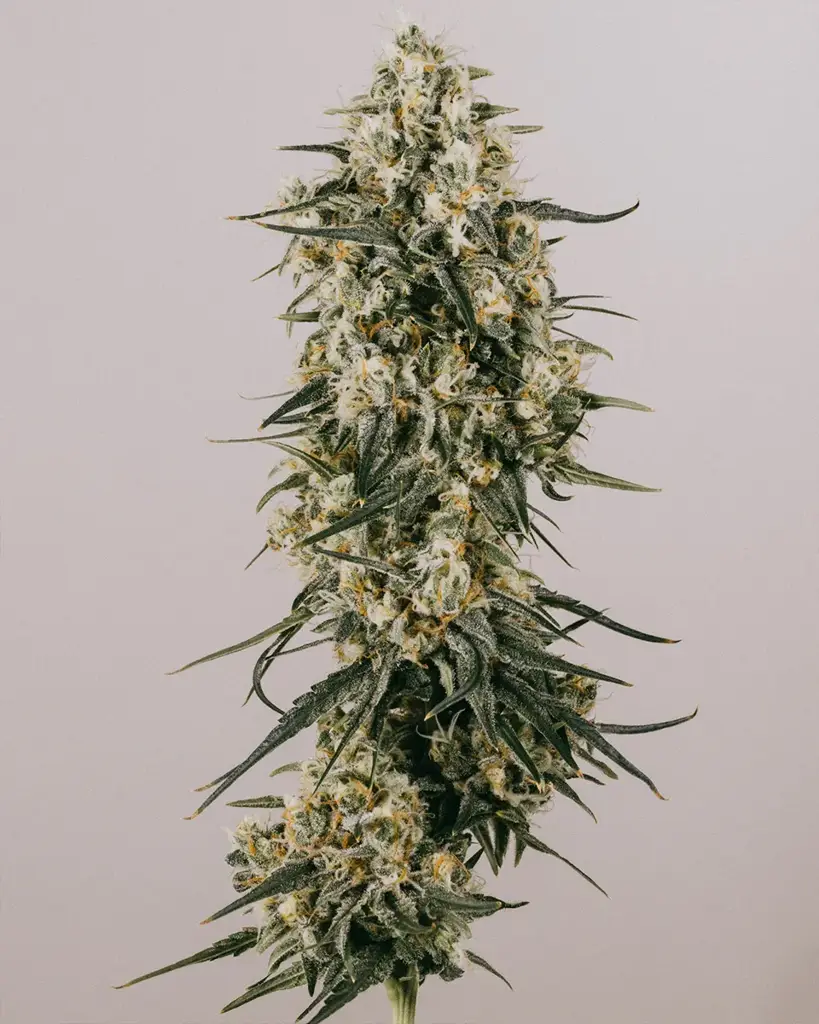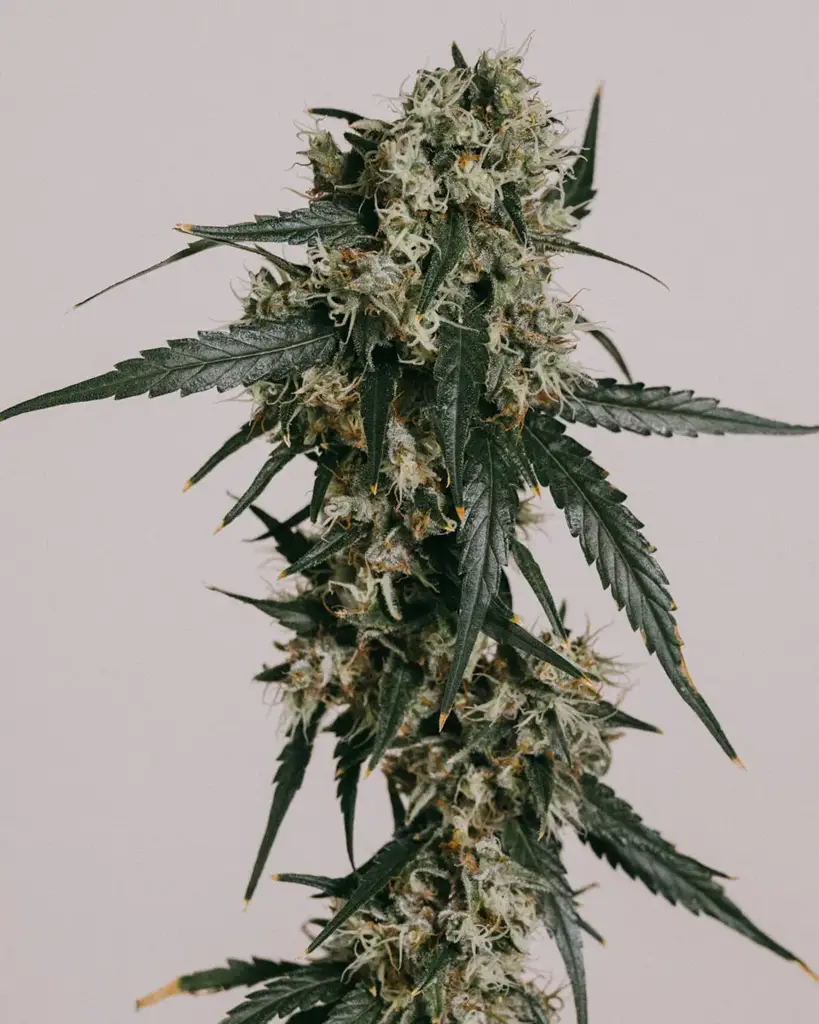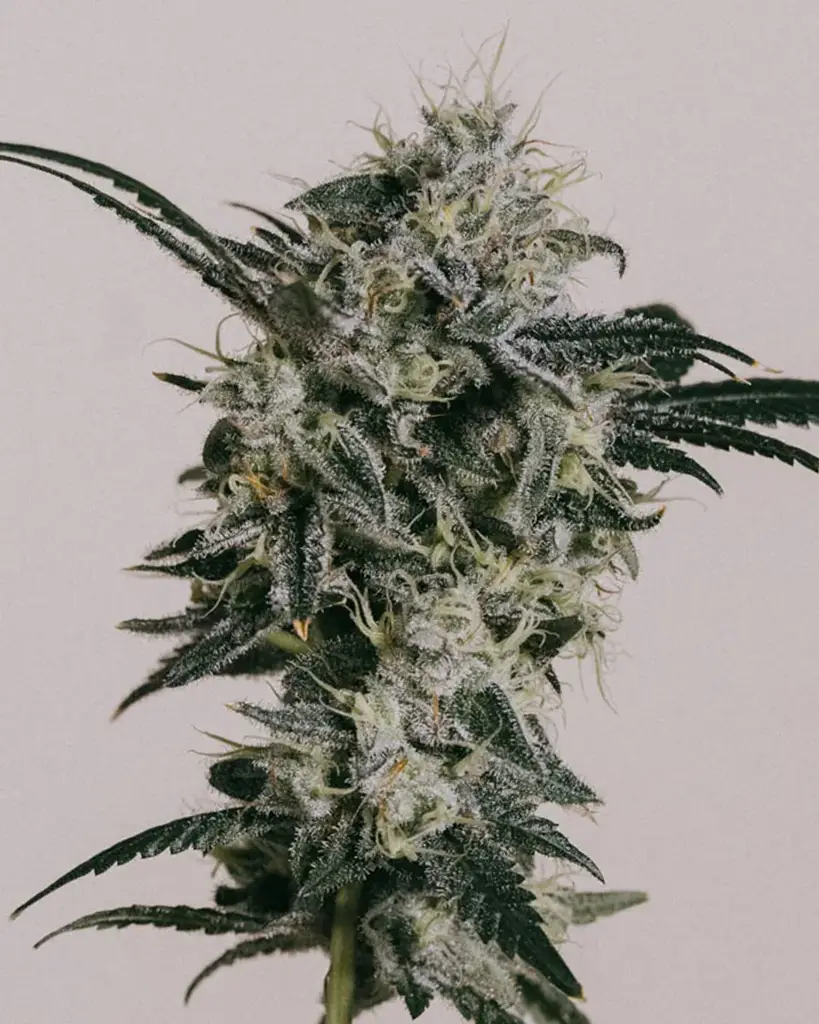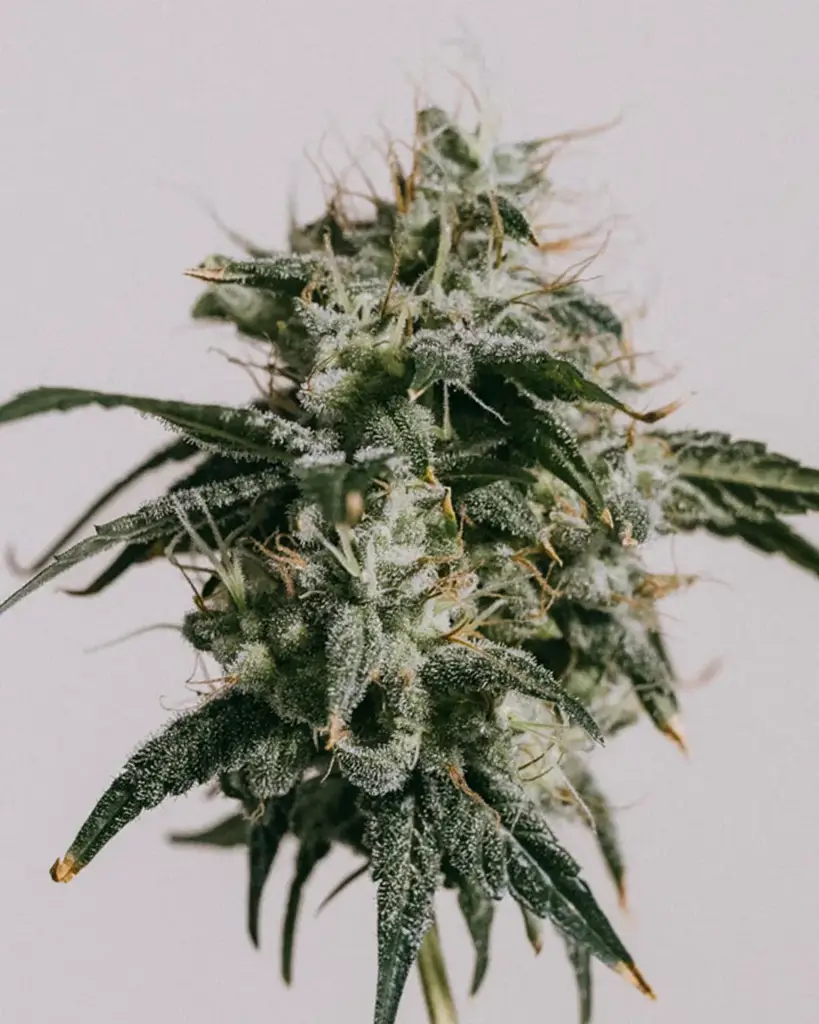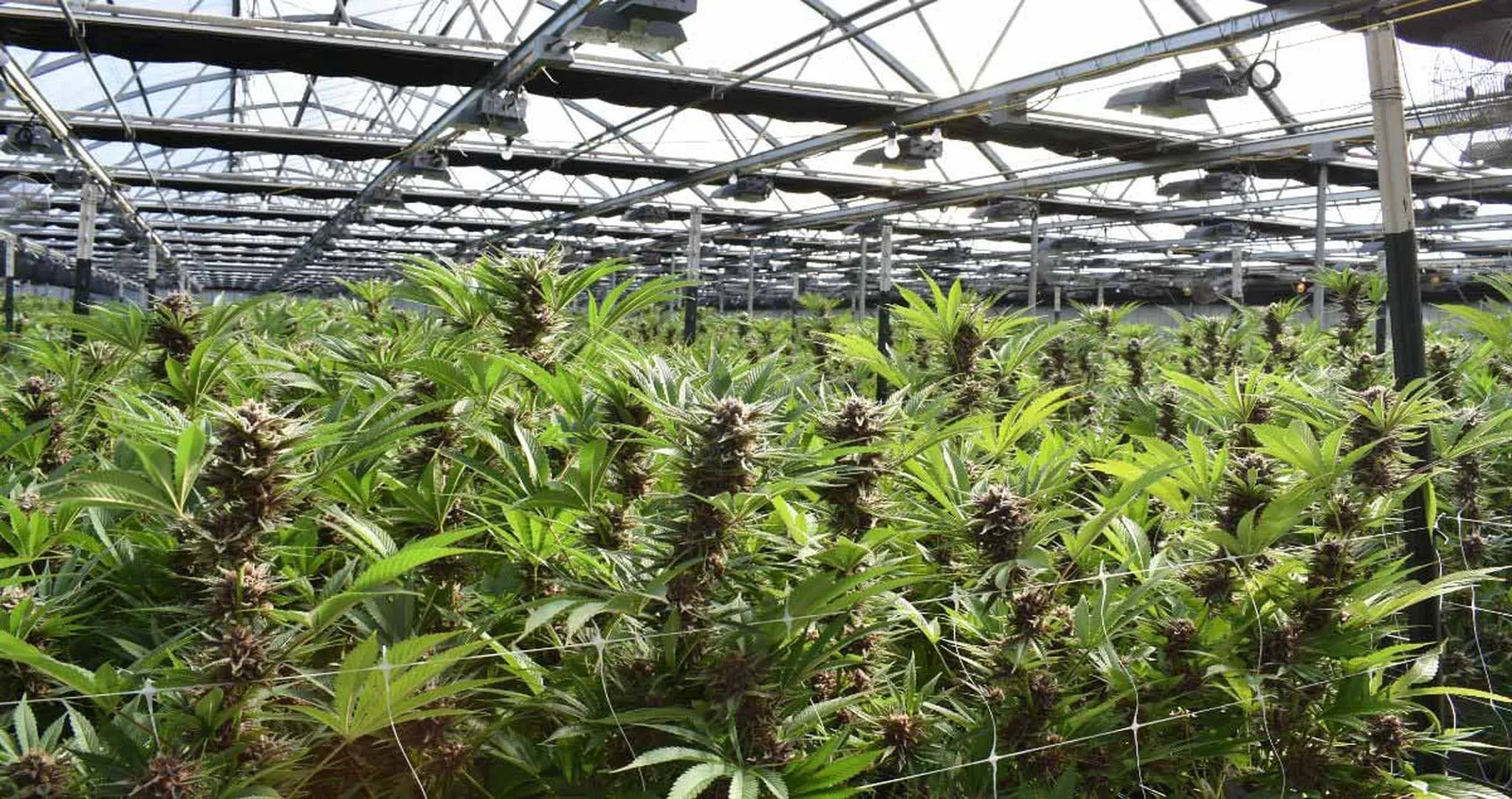
Beginner's Guide to Low-Stress Training Cannabis
Low-stress training cannabis is a gentle form of plant manipulation that has been practiced for centuries. The goal of low-stress training (LST) is to create a level canopy that allows the cannabis plant to have multiple tops. Many growers are using LST techniques to achieve bigger yields. We’ll cover when to LST, what happens if you go too far, and how to fix broken cannabis branches.
Table of contents
What is Low-Stress Training Cannabis?
Cannabis naturally wants to grow in a Christmas tree shape, also known as apical dominance. For the first few grows, most gardeners let the plants grow naturally. When we do, we always get that one large cola at the top of the plant and a number of smaller colas on the branches below. But what if you could get more of those larger colas? Would you like that? LST can accomplish this.

Low-stress training is a type of cannabis training technique that uses the plant's natural hormones to help increase your yields. Growth hormones are sent to the highest point in the plant (apical dominance) in larger quantities because, in evolution, the taller the plant, the likelier it is to get pollinated in the wild and survive. By bending branches, manipulating their structure, and creating a level canopy, cannabis plants will send an equal amount of growth hormones to all of the new tops.
Our Bestsellers
Is Low-Stress Training Cannabis Worth it?

LST is mainly used to get bigger yields, but there are also a variety of other benefits. As a grower, I like to have a variety of strains in my grow tent, but they aren’t all the same height. When I have one tall strain and another that is short, I can use LST on the taller plant to maintain an even canopy in the tent; this is another advantage of LST. Growers in a low-ceiling space can LST their weed plants and maximize their harvests. LST also allows for better light distribution over the canopy and better ventilation, resulting in better, bigger, and denser buds.
Does Low-Stress Training Cannabis Increase Your Yield?

Yes, it absolutely can. The first way LST can increase your yield is by sending the growth hormones (auxins) to more of the tops because your cannabis plant has a level canopy, as described above. Another beneficial way LST increases your yields is by helping to spread the plant outward, increasing the footprint and the number of bud sites. If growing a single plant in a 2x2 (61cm x 61cm) cannabis grow tent, increase your yield by taking up every centimetre of that tent with your canopy using LST. This means more bud sites and they all get optimal light conditions.
LST on Autoflowers?

Does it really make sense? Autoflowers begin flowering on their own schedule, typically within 3-4 weeks of planting. That isn’t much time. LST techniques work best when the plant has a longer vegetative cycle that allows growers to bend branches, let other branches catch up, and then continue to maintain the level canopy. Can you LST an autoflower? Yes, but would you see a large increase in yield? The jury is out on that one. Autoflower genetics continue to become more robust and at ILGM, we are proud to have the best. If you’re an adventurous home grower and want to have a go at training your autoflower plants, no one is stopping you!
First Time Training?
No Fancy Gear Needed to LST Cannabis

Despite a number of handy gadgets, I find that rubber-coated garden wire is the most effective. A few companies have caught onto this method and are making pots with ringlets in the upper portion to attach your garden wire. If you’re not using that style of container, you can use binder clips (office supplies) for plastic pots or safety pins for fabric pots as anchor points for your garden wire. We’ll cover LST techniques step by step in a moment.

There are also handy tools out there for growers who don’t want the hassle of hand-watering around a bunch of garden wire connecting branches to the top of the container. One of my favorite old-school methods was to use fishing weights attached to the garden wire to keep the branches low. With the advancement of 3D printing, there are now S-shaped plastic clips that will control the shape of branch growth. Another classic solution is attaching branches to a bamboo stake; just be careful of your eyeballs.
When Should You Start and Stop Low-Stress Training Cannabis?
 A young cannabis plant with five nodes labelled numerically from bottom to top.
A young cannabis plant with five nodes labelled numerically from bottom to top.
It is best to use LST techniques in the vegetative stage, and they should be minimized as you head into flowering. Growers may occasionally use LST in flower by tucking branches under a SCROG net, but that ideally has been done before initiating flower, as we want the plant to focus purely on the buds.
The earliest that growers typically begin LST is when the plant reaches the 5th or 6th node, generally 3-4 weeks old. Young plants, at the beginning of their cannabis lifecycle, are much easier to LST because the stems are soft and pliable. As the plant ages and the stems thicken, they become woody and harder to bend. Although it is “low-stress” training, this can still create plant stress that can detract from growth, which is why it isn’t recommended to use heavy LST in the flowering stage.
Grow Hack - When transplanting cannabis plants into a larger container, plant the main stem off-center toward the edge of your container. Once rooted, you can lean the main stem over and secure it to the other side of the pot, creating a plethora of main branches of equal height.
How to LST Cannabis Plants

Not all cannabis plants grow the same. When I begin my planning for how to LST a plant, I first look at the nodal spacing. Plants with shorter internodal spacing will often require less work to create a level canopy. In many cases the lower branches are quick to catch up to the height of the new growth. Minor LST can be used to weigh down or secure the upper branches in this instance.

When plants have longer internodal spacing, LST is an important tool in maintaining a level canopy. When bending the limbs, there is a potential that a branch may break. This is where it might get scary for a new grower, but don’t worry; I’m going to walk you through the process step by step. Think of this as your easy, low-stress training guide.
Pro Tip: When attaching a garden wire to your cannabis plants, don’t wrap it tightly around the stalk. Over time, the stalk will continue to grow thicker and we don’t want the garden wire cutting into the flesh of our stems and branches.
Stage 1: Main Stalk Bending

Your main stalk is going to be the thickest and woodiest part of the plant, so it is essential to get your LST started early. When it comes to seedlings, I’ve always preferred not to bend the main stalk and instead use LST on the lateral branches to create larger yields. However, bending the main stalk can be a great way to quickly tame seedlings that would be very tall if left to grow naturally.
I like to start this process a few weeks after the young cannabis plants have established roots in the new container. As mentioned before, by placing your plant on the side of the container instead of in the middle, you can “lay” the plant down and attach it to the other side. Laying the plant sideways breaks the apical dominance and redistributes growth hormones evenly to the rest of the branches.
Transplant your rooted juvenile plant into it final container (placing it off-center)
Allow 10-14 days for it to establish roots in the new soil
Attach the garden wire to the container and connect it to the plant a few inches (5-10cm) above the soil
Secure the lower connection point in one hand while the other hand holds the top of the plant and slowly bend it toward your second anchor point.
Attach the top of the plant to the other side of the container so that the side branches are now sticking upwards as the main branches.
Stage 2: Branch Bending

Bending branches is the most common form of LST. It is best practice to use LST when the plant is watered and healthy. This process can be performed multiple times on the same branch to maintain a level canopy during the grow. A cool thing that you’ll notice is that when you tie a branch down, or use a clip, everything from the bend point to the tip will start growing upwards again (phototropic).
If you’ve let your plant grow into a Christmas tree shape and it is already past the 5th or 6th node, bending branches to create a level canopy works best if the plant has been topped. Top your plants (a form of high-stress training) 1-2 weeks before using this LST technique. One of the main concerns of new growers is that they may break a branch. We’ll cover what to do if that happens shortly, but here are a few techniques to help avoid that.
Start early, but let the branches grow outwards at least 5-6 inches (13-15cm) before tying down.
Observe the plant - where is the middle? Can you bend upper branches to meet the height of lower branches without extreme bends? Sometimes, you’ll remove the very bottom branches because they are too far behind and won’t catch up to that center point. This is also called lollipopping.
Bend and secure the upper branches first in order to establish your “center”
As the lower branches grow, if they surpass the upper LST branches, release the garden wire slightly, and this should level out the canopy again. (a good reason to use slightly longer wire than initially needed)
The main goal is to have a level canopy which helps the plant distribute auxins evenly to each tip.
Stage 3: Bud Support

Trellis netting, commonly referred to as a SCROG net, is a multi-purpose tool that can further help growers achieve a level canopy. A few weeks before initiating the flowering stage, and even during the initial stretch phase of flowering, growers can use a SCROG net to keep branches growing laterally instead of vertically by tucking them under the net. This increases the number of bud sites and main colas and improves airflow and light exposure.
Trellis netting is often used in two layers. Layer one is for tucking branches under when they are outpacing the lower branches. The second layer is often used to support branches as they become heavy with the weight of developing buds. Two other tools for bud support are plant yo-yo hangers and bamboo stakes. These are also forms of LST.
Think ahead. Have your SCROG nets in place before beginning flowering. Keep the second layer higher than your plants through the first 3 weeks of flower. Your second layer can be adjusted to the appropriate height by moving it down on the tent poles when it is time to support the buds and branches. (Special note: once plants are weaved through a SCROG net, they are fixed in that position until harvest)
Think ahead. If using plant yo-yos to support branches with heavy buds, have them in place before starting flowering to avoid moving plants in and out to install them.
Protect your eyes. If using plant stakes, use something (ping pong ball, tennis ball, rubber caps) to put on the top end of the stake. You won’t believe how many people have poked their eyes on the stakes bending down to water or inspect their plants. BE SAFE!
Use garden wire to attach branches to the stakes for support
5 Key Tips for LST Success
LST isn’t difficult and should be fun, Below is a list of considerations to take that should enable you to confidently start training your plants.
Start Early in the Vegetative Stage
The more you sculpt your plant from the beginning, the better the shape will be when it matters most. Think ahead to maximize your yields and take advantage of every square inch of your grow tent.
Be Gentle on the Bend
The art of bending branches is simple if you know the trick. Young, green, small branches will often bend easily without tension, but older, thicker branches require a special touch. The trick to bending thicker branches is by rubbing your fingers together with the stem between them with a bit of pressure to very slightly soften the fibers.
You aren’t twisting the stem; you are simply moving your fingers over it. This motion and the mild heat it creates break down the outer cell walls, which will make the stem more pliable.
Support the branch at the base with one hand. You want to avoid tugging on it or creating too much torque and risk splitting it from the main stalk.
With the other hand, start near the base and slowly move your fingers back and forth over the sides of the branch, moving them slowly closer to the tip. You should feel the branch become more flexible as you go.
As you move your fingers up, also start to slowly form the arc of your bend
Once the tip reaches the “center” point for your canopy, secure the branch with garden wire to an anchor on the side of your pot.
How to Fix Snapped Branches on Cannabis

It happens; don’t sweat it. If a branch snaps or splits, the majority of the time it is able to be saved. Fixes range from letting it recover naturally to taping the area to building a little splint. Suppose you accidentally fold a branch in half. In that case, it can be fixed by supporting it on two sides using toothpicks, popsicle sticks, paper clips (pretty much anything solid), and wrapping it with tape or saran wrap around the branch to give it support. Within a few weeks, the plant should recover and start to rebuild its own strength.
Defoliate Strategically:
As the upper branches are bent down to the level of the lower branches, large fan leaves from the top of the plant can block the other branches from getting direct light. It can be beneficial to defoliate your cannabis plants or, in other words, remove the large fan leaves or any other material that is blocking lower bud sites. It isn’t recommended to remove more than 20% of the total leaf volume at one time. You can defoliate at three specific times: vegetative defolitation, in flower and a couple of weeks before harvest.
Avoid Overtraining
Sometimes we feel like we need to do more to our plants. The truth is, keep it simple. Use LST techniques, but don’t stress out about every little branch. Focus on the main branches and keeping the canopy level.
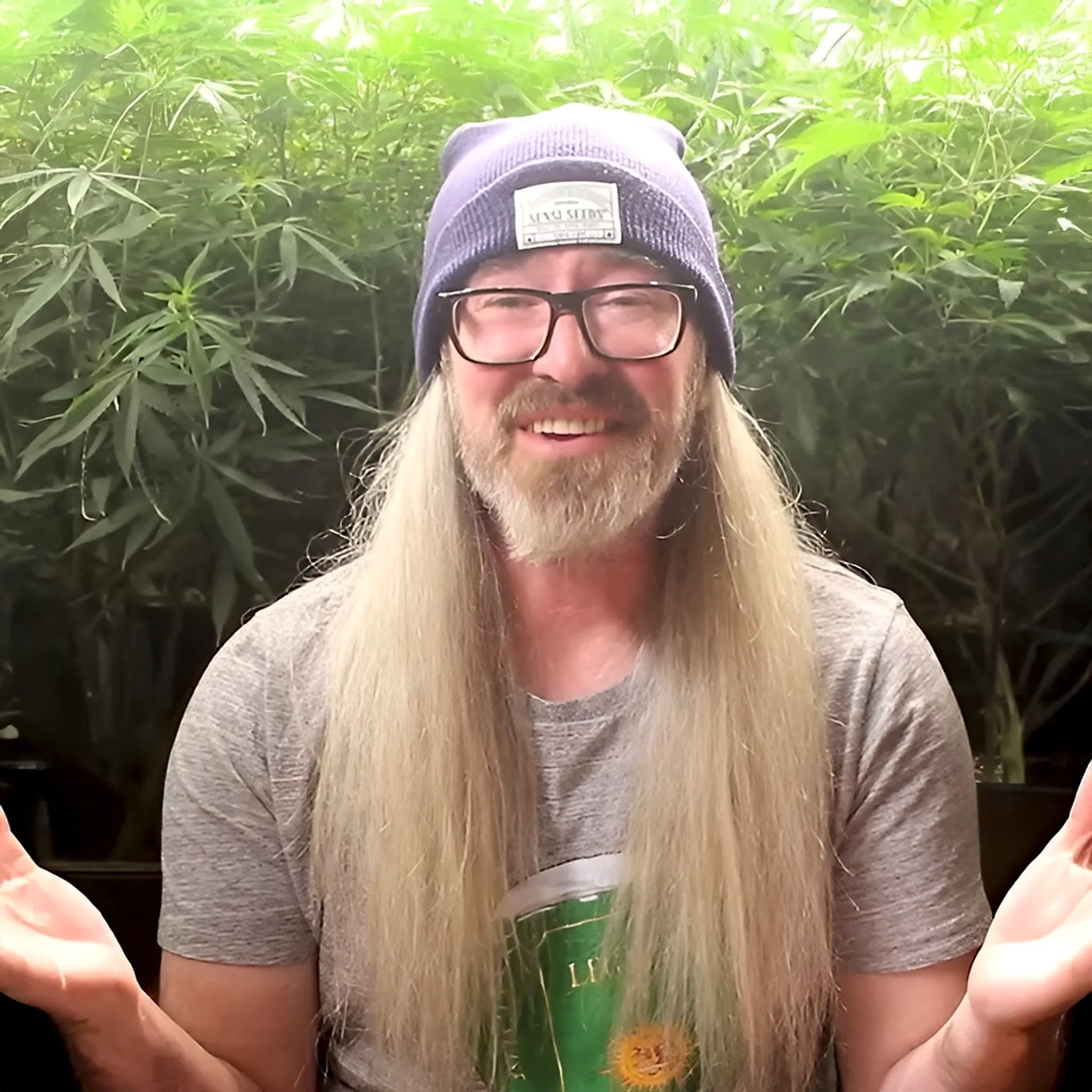
Chad Westport
Chad Westport, a lifelong grower, breeder & cannabis educator, specializes in controlled environment ag with a degree in sustainability.


